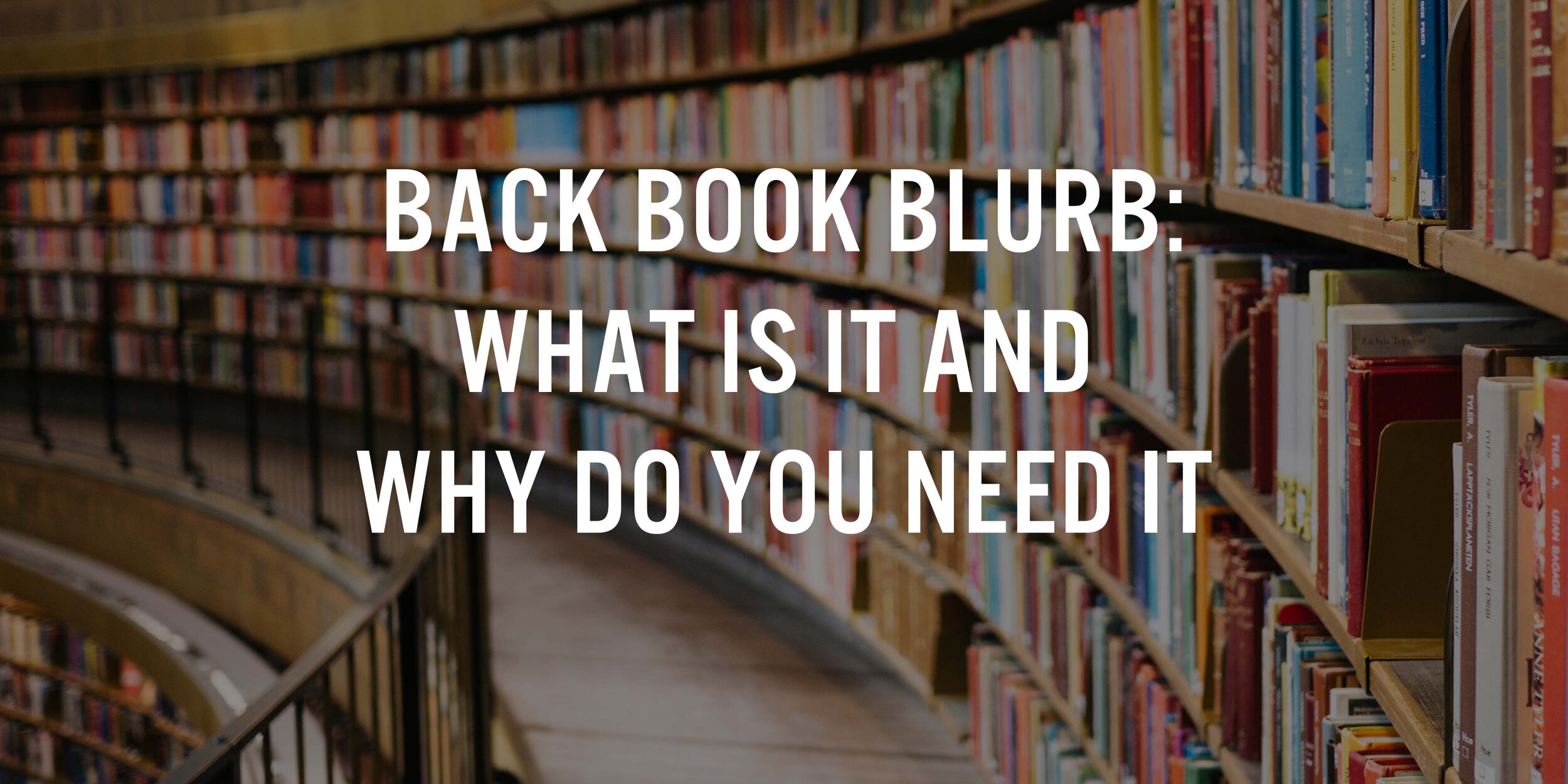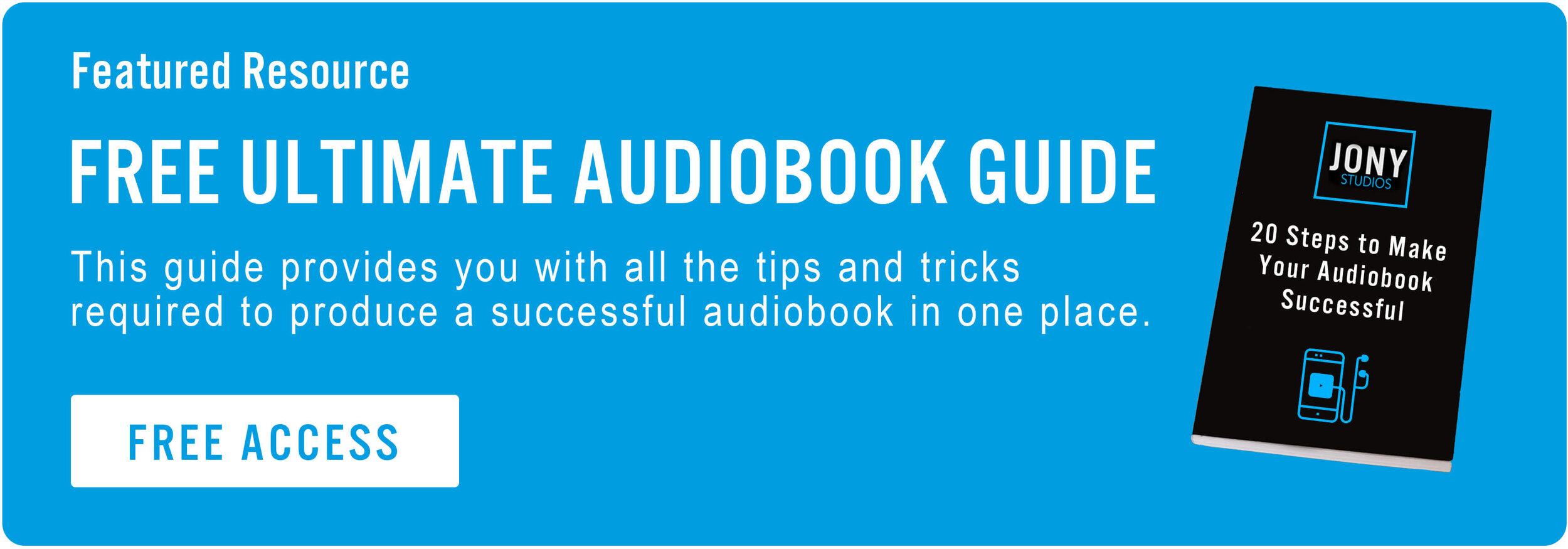Almost every good book follows the basic framework that includes the beginning, middle, and a strong ending. It seems so simple before you actually start writing the book. The most important part is to start and have a solid plan moving forward. This article will help break it down for you, so you can finally start writing that book you’ve been talking about for ages!
Title page
I know everyone says not to judge a book by their cover but the harsh truth is that it is the first thing potential readers look at before picking up a book. It depends on you and your process whether you want to choose a cover before or after your book is finished but make sure that it is professionally edited and fits an appealing aesthetic. As a writer, it is important to decide on a cover that represents your book the best as possible.
Cover design
This can be your chance to be creative so your book can stand out from the crowd or in this case bookshelf. In an article by Karla Lant available on 99designs, the author goes over the anatomy that goes behind a book cover. There is nothing wrong with getting some influence from other authors that are in your genre (with proper credit!) during your planning phase.
Some important factors of a book that are important to consider are the front and back cover, the layout, spine, fonts, and more. Typography is also a very important part to consider that will shift how your vision is viewed visually based on the theme of your book. The cover is also space where you put your publishing company logo and your other works near the bottom of your front page.
What is your book about?
Before writing your book it is important to first know what kind of genre it is as the formalities that you book will follow largely depends on this. For example, a nonfiction book would include aspects like a table of contents that are critical for readers to refer back to. Whereas, that wouldn’t really apply for let’s say, a fiction book as it would give out spoilers to the main subsets of a story. Here are some of the components of a book's front matter that is considered.
Formalities
Copyright: Before your readers can get to the fun part of your book, there are first some formalities that you must get out of the way. This includes something called the “Colophon”.
This is the legalese that is placed at the front of the book and provides your book statistical as well as professional information. For example your copyright information, International Standard Book Number (ISBN), and information about the contributors to your book like your editors.
The dedication page- is also an important thing to consider as it is a place to give recognition to your influencers or anyone who helped you write your book. Another option is to write an epigram which is just a quote that also helps tell your readers inspiration for your work and an idea of what your book will be about.
Foreword- is a type of introduction that is usually written by a colleague, friend or family member before the body of the book is introduced.
Body
Now here is when the fun part of the book begins, your body! This is where all your hard work and ideas are placed but it is not just as simple as just a pile of words. There is an important structure to consider in terms of the way that your book will be organized.
Introduction: This also largely depends on whether your book is fiction or nonfiction and of course what structure you want your book to follow. For the basics though, the first thing you are going to need is an introduction if you are writing a nonfiction book which will give a little insight into your book before you go into it.
On the other hand, for a fiction book, a prologue is used instead which instead provides a space for setting an atmosphere for your story that you will letter go in-depth in.
Chapters: Everyone knows almost every book has chapters that help divide up a book into digestible parts. Chapters themselves have a sort of structure that is followed that an article by “MasterClass” dives into. Pacing is a crucial factor of chapters that depends on the topic of your book and how long your book is.
This is especially important in fiction books, where chapters give the opportunity to incorporate import plot devices such as cliffhangers, focus, a change of perspective, etc. All these factors considered it is crucial to seek balance in order to convey your story, dialogue, and narration in an effective manner.
Conclusion: At the end of a book there is also a summary that completes the book. For a nonfiction book, this is referred to as the conclusion. This also depends on the type of nonfiction book as academic writings usually contain a clearly stated conclusion.
The back Matter
About the author: This is a commonplace where authors write a brief summary about themselves. This includes information about their previous work, as well as their education and their personal life. A blog that is available at Reedsy has a great rundown on how to write an author's bio that you should check out.
Discussion questions Are an interesting aspect to add that will help your readers discuss your book with friends and keep a conversation going.
Index: This is an interesting tool that writers use that fiction writers are starting to pick up on as well. An article by Reedsy outlines the importance of indexes as helping buyers to find their interest in a book and is highly correlated with sales as well!
Audiobooks
The audiobook is a growing field where more and more book readers are utilizing programs such as Audibly. An article by Clare Thorp available on BBC is something authors should seriously consider in investing to widen their customer base. The increasing popularity of audiobooks, as well as podcasts, attracts publishers to build teams to produce amazing listening experiences for their audiences. If you are interested in audiobook production / editing teams to help with the formation of your next audiobook, check out Jony Studios here!
Conclusion
Writing a book doesn’t have to be as complicated as it is first made out to be. Following these steps helps break it down so you can finally get rid of your writer's block. With the rising audiobook use among new readers, considering making your book available in audio format is also important. Readers will appreciate it when a book is also narrated by the author as well! What aspects of book aspects did you notice before and didn’t consider until after reading this blog? Let us know below!
If you need help turning your book into an audiobook, we offer audiobook production services that will help you reach a wider audience and increase your book sales.
Listen to some of our audiobook samples here to get started.








